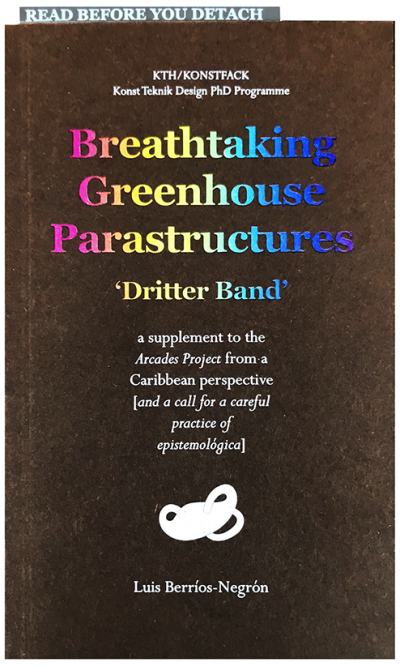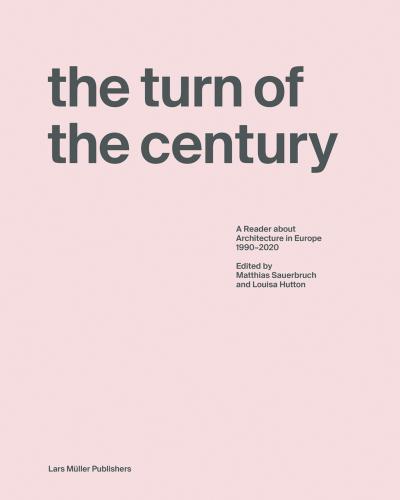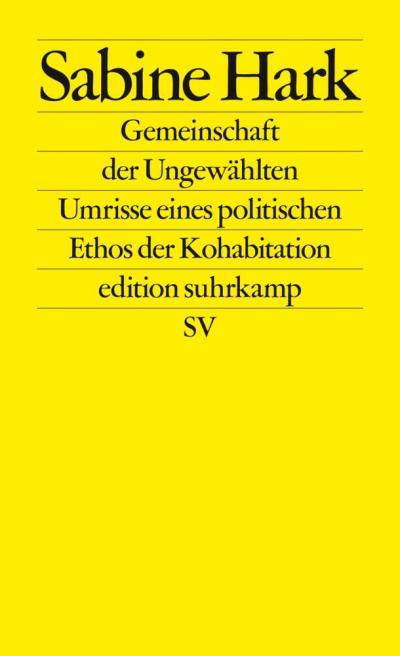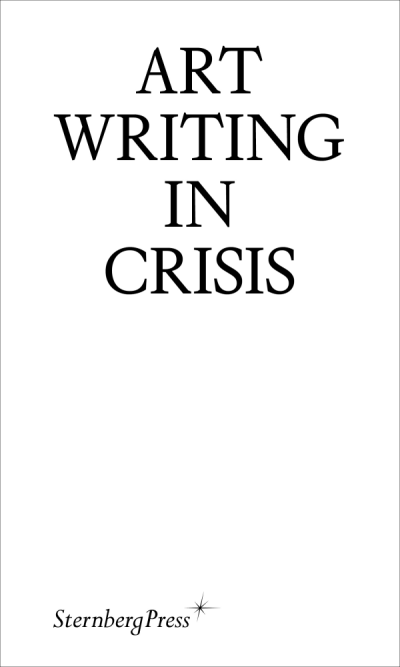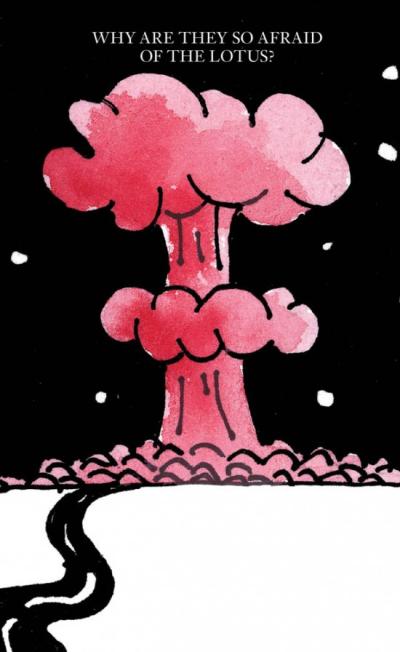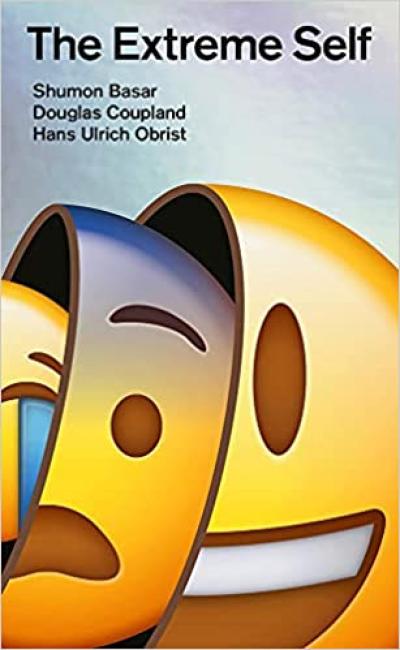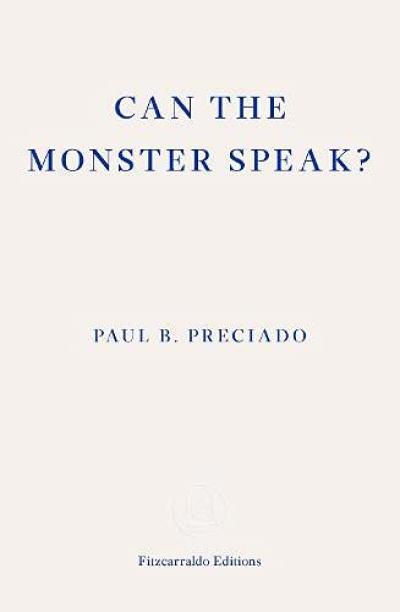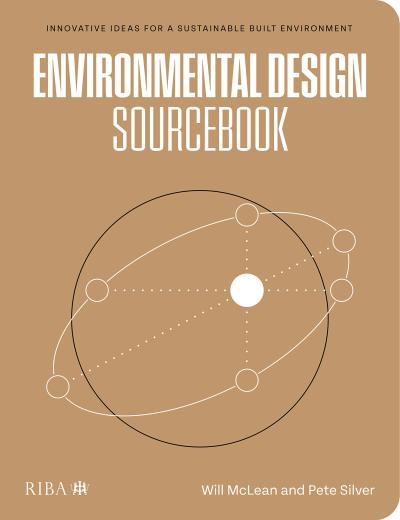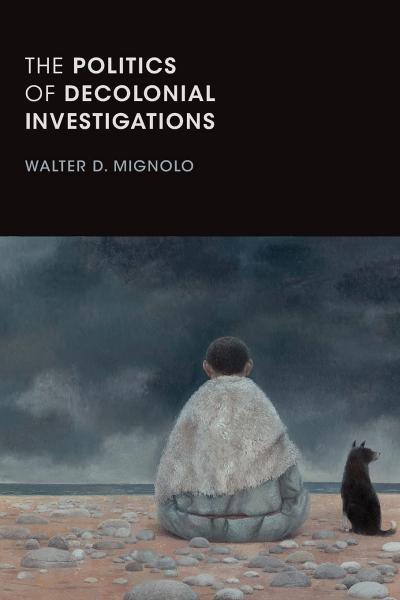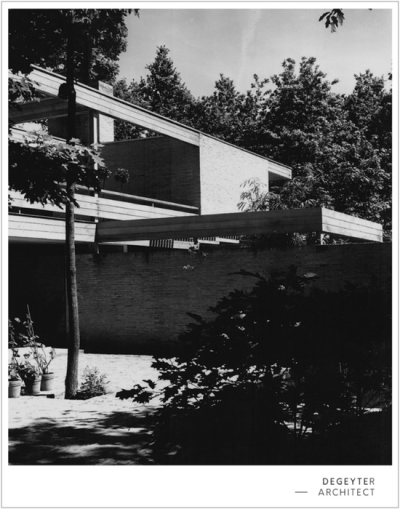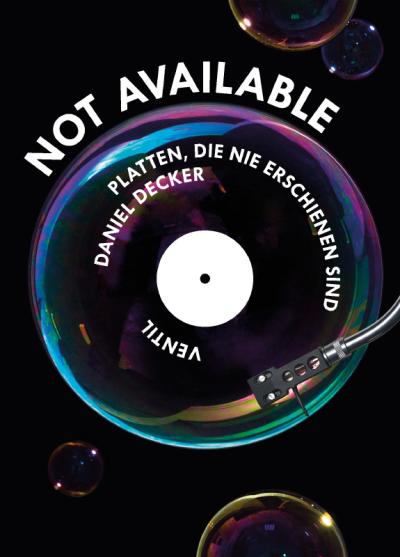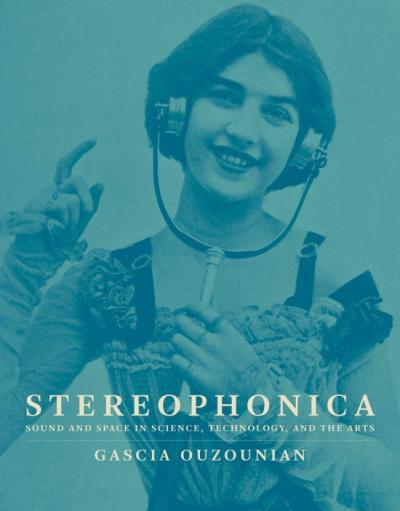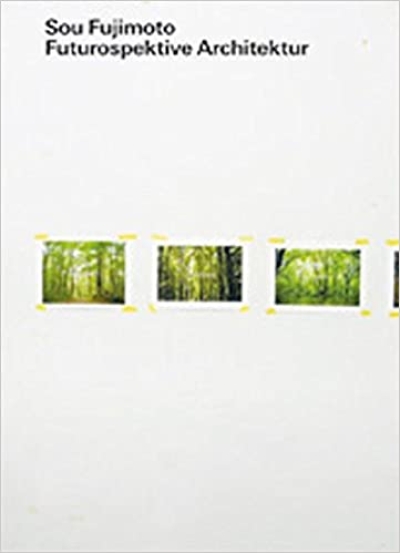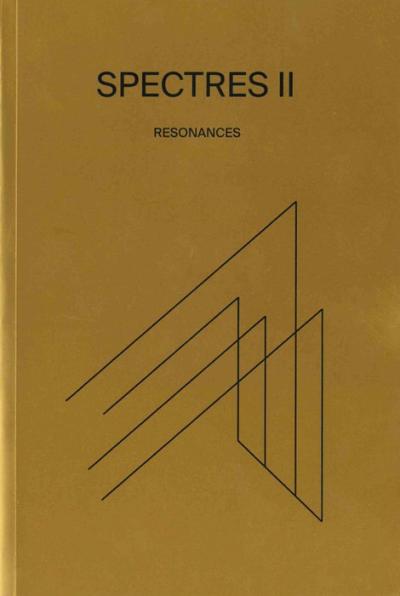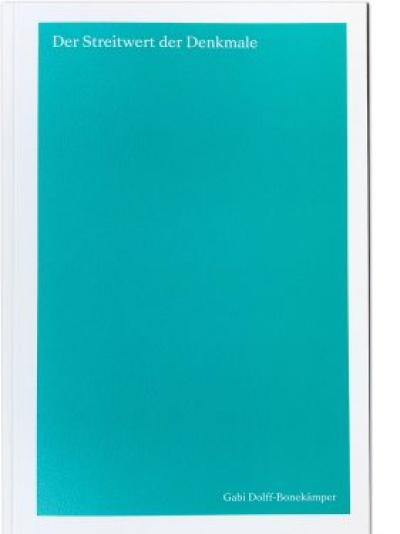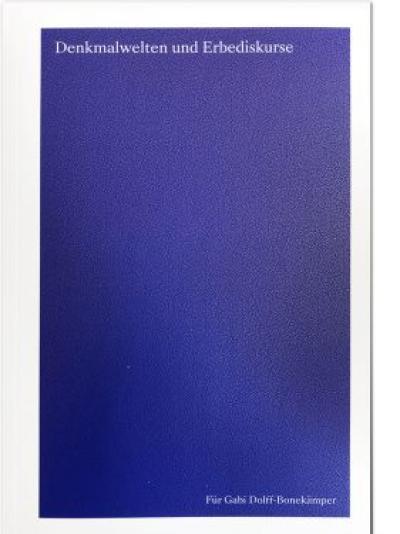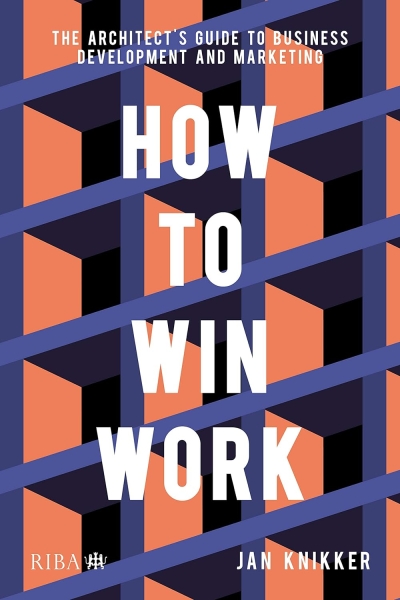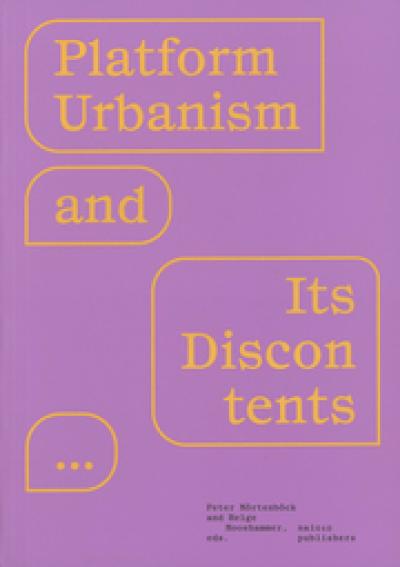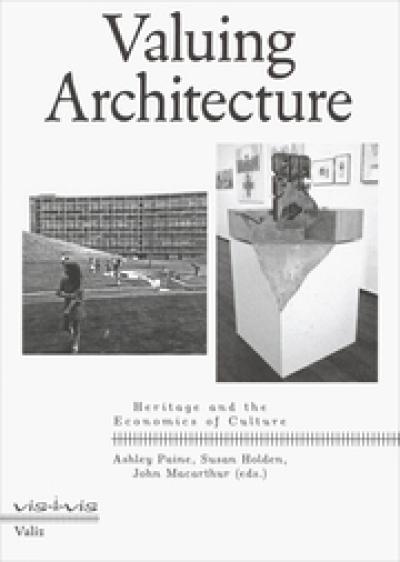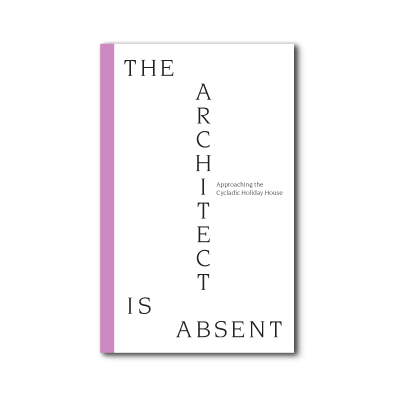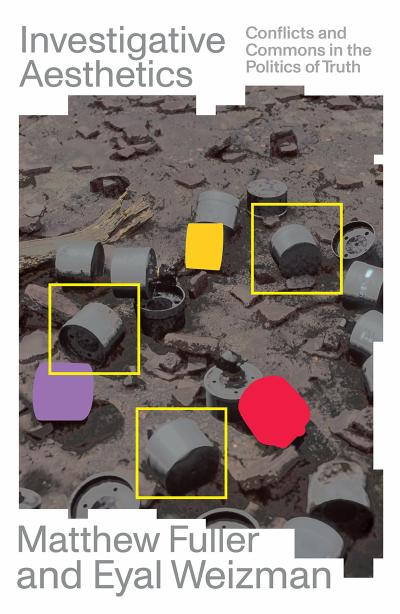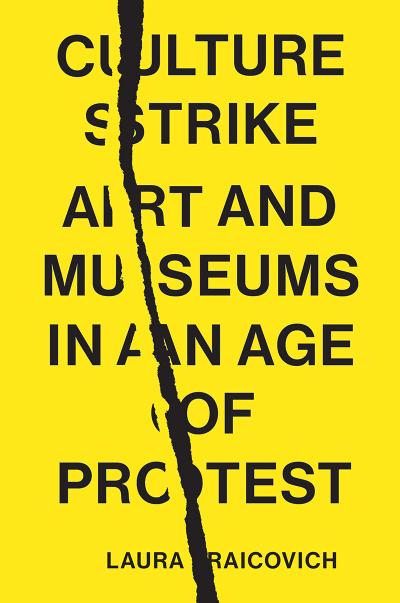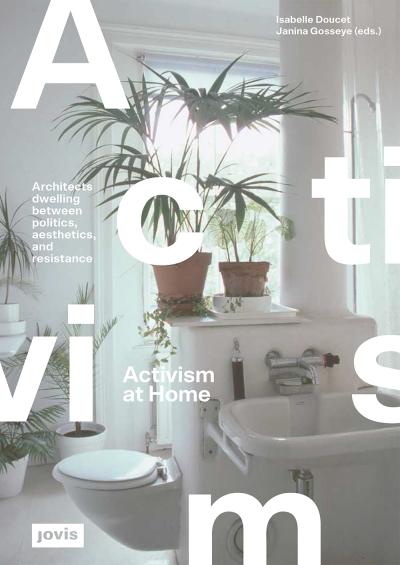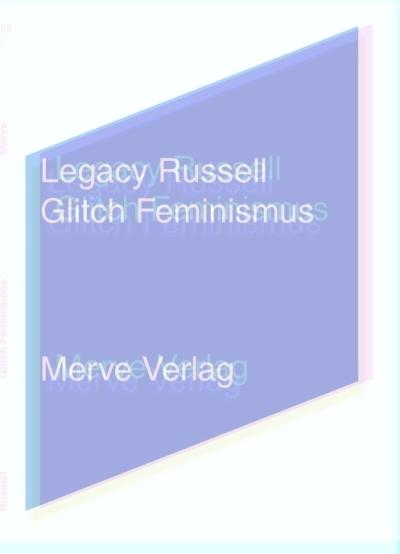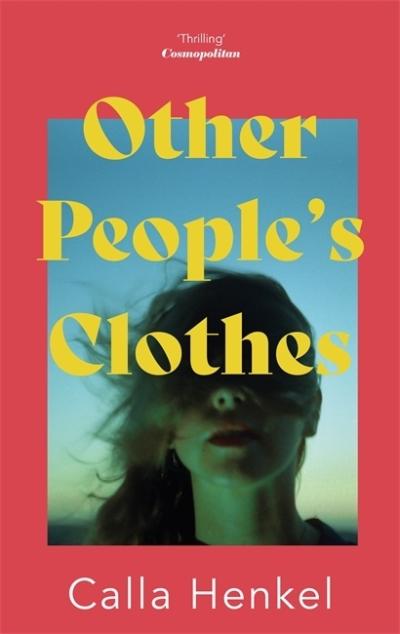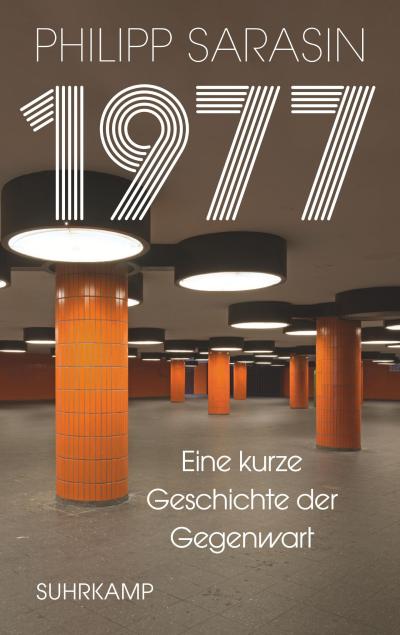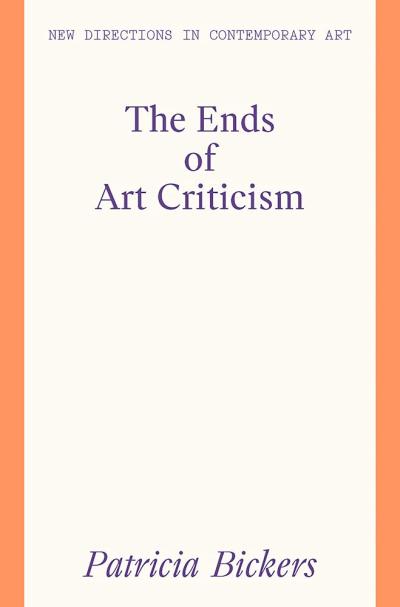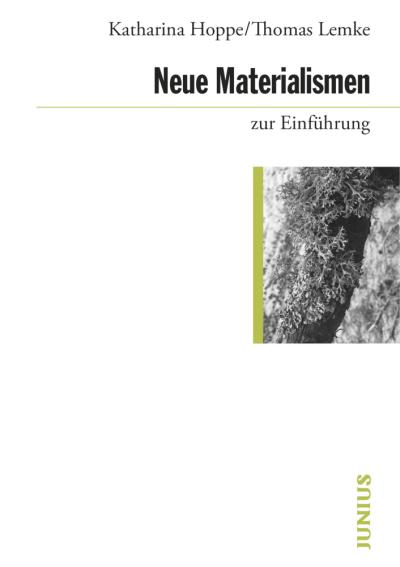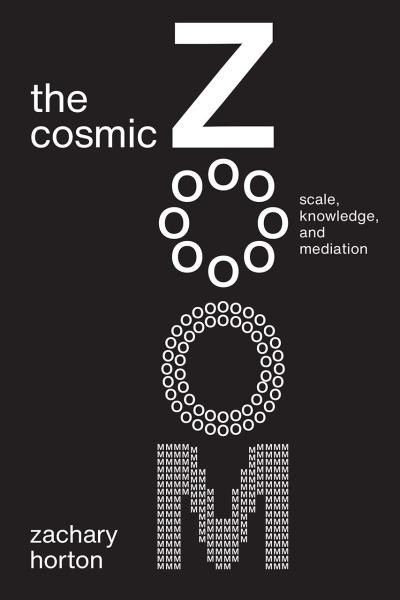gerade nicht auf Lager
Yuk Hui
Art and Cosmotechnics
gerade nicht auf Lager
B. Cannon Ivers (ed.)
250 Things a Landscape Architect Should Know
Esther Anatolitis
Place, Practice, Politics
gerade nicht auf Lager
Alexander Steffen
Vanishing Berlin
gerade nicht auf Lager
Philipp Meuser
Architektur in Afrika. Bautypen und Stadtformen südlich der…
Alex Head
Ricochet. Cultural Epigenetics and the Philosophy of Change
Ulrich Gutmair
The First Days of Berlin. The Sound of Change
gerade nicht auf Lager
Edward Tufte
The Visual Display of Quantitative Information
gerade nicht auf Lager
Edward R. Tufte
Beautiful Evidence
gerade nicht auf Lager
Edward R. Tufte
Visual Explanations. Images and Quantities, Evidence and…
McKenzie Wark
Das Kapital ist tot
Bruno Latour
After Lockdown. A Metamorphosis
hg. von Giovanna Zapperi
Carla Lonzi. Selbstbewusstwerdung. Texte zu Kunst und…
Helmut Draxler
Die Wahrheit der Niederländischen Malerei. Eine Archäologie…
Walter Scheiffele, Steffen Schuhmann (…
Karl Clauss Dietel. Die offene Form
Tinatin Gurgenidze (Ed.)
Eastern Block Stories. Visualising Housing Estates from…
Édouard Glissant
Philosophie der Weltbeziehung. Poesie der Weite
gerade nicht auf Lager
Kirsty Bell
Gezeiten der Stadt. Eine Geschichte Berlins
gerade nicht auf Lager
Doris Kleilein, Friederike Meyer (Hrsg.)
Die Stadt nach Corona
gerade nicht auf Lager
Claude Lichtenstein
Die Schwerkraft von Ideen. Eine Designgeschichte. Band 2
gerade nicht auf Lager
Claude Lichtenstein
Die Schwerkraft von Ideen. Eine Designgeschichte. Band 1
gerade nicht auf Lager
Jesko Fezer & Studio…
(How) do we (want to) work (together) (as (socially engaged…
Melissa Canbaz, Künstlerhaus Bremen (Ed…
Aleana Egan. small field
gerade nicht auf Lager
Milos Kosec, Neja Tomsic, Martin…
Nonument
C.L.R. James
Die Schwarzen Jakobiner. Toussaint Louverture und die…
bell hooks
Feminismus für alle
gerade nicht auf Lager
Alfred Weidinger (Hrsg.)
PROOF OF ART. A short history of NFTs from the beginning of…
Florian Schmidt
Wir holen uns die Stadt zurück. Wie wir uns gegen…
Cornelia Saalfrank, Katrin Lewinsky
TinyBE. Living in a sculpture
Lucius Burckhardt
Der kleinstmögliche Eingriff oder die Rückführung der…
Lucius Burckhardt
Warum ist Landschaft schön? Die Spaziergangswissenschaft
gerade nicht auf Lager
Maggie Nelson
On Freedom
gerade nicht auf Lager
Matthew Soules
Icebergs, Zombies, and the Ultra Thin. Architecture and…
gerade nicht auf Lager
Johanna Hoerning, Philipp Misselwitz (…
Räume in Veränderung – Ein visuelles Lesebuch Ein- und…
Bauhaus-Institut für Geschichte und…
100+. Neue Perspektiven auf die Bauhaus-Rezeption. Mit…
Gustavo Ambrosini, Guido Callegari
Roofscape Design. Regenerating the City upon the City
gerade nicht auf Lager
Nicolas Nova, Anaïs Block
Dr. Smartphone: An Ethnography of Mobile Phone Repair Shops
gerade nicht auf Lager
Wolfgang Bachmann, Sandra Hofmeister,…
Zu Hause. Architektur zum Wohnen im Grünen / At Home…
gerade nicht auf Lager
Marietta Kesting, Susanne Witzgall (Hg.)
Politik der Emotionen / Macht der Affekte
gerade nicht auf Lager
Annette Geiger, Bianca Holtschke (Hg.)
Piktogrammatik. Grafisches Gestalten als Weltwissen und…
gerade nicht auf Lager
Justin McGuirk (Hg)
Charlotte Perriand. The Modern Life: Melancholia and the…
gerade nicht auf Lager
Jens Casper, Luise Rellensmann (Hg)
Das Garagenmanifest
gerade nicht auf Lager
Philippe Koch, Andreas Jud, ZHAW…
Bauen ist Weiterbauen. Lucius Burckhardts…
gerade nicht auf Lager
Anette Baldauf, Janine Jembere, Naomi…
Despite Dispossession. An Activity Book
Allen S. Weiss
Figure against Form. The Dolls of Michel Nedjar
Frank B. Wilderson III
Afropessimismus
gerade nicht auf Lager
Andreas Malm
Der Fortschritt dieses Sturms
Kike España
Die sanfte Stadt
gerade nicht auf Lager
Henk Slager (Ed.)
The Postresearch Condition
gerade nicht auf Lager
IKE Institut Konstruktives Entwerfen,…
Bauteile wiederverwenden. Ein Kompendium zum zirkulären…
Manuela Zechner
Commoning Care & Collective Power. Childcare Commons…
gerade nicht auf Lager
W.v. Acker, T. Mical
Architecture & Ugliness: Anti-Aesthetics and the Ugly…
gerade nicht auf Lager
Duncan Bell, Bernardo Zacka (Eds.)
Political Theory and Architecture
gerade nicht auf Lager
Saikaku Toyokawa
Yoyogi National Gymnasium And Kenzo Tange
gerade nicht auf Lager
Annet Dekker (Ed.)
Curating Digital Art: From Presenting and Collecting…
gerade nicht auf Lager
Margherita Palli (Ed.)
Dizionario Teatrale, Theater Dictionary, Theater Wörterbuch…
gerade nicht auf Lager
Ruben Pater
Caps Lock - How Capitalism Took Hold Of Graphic Design, And…
gerade nicht auf Lager
Massimiliano Mollona
Art/Commons. Anthropology beyond Capitalism
Dimitra Kondylatou, David Bergé (Eds.)
(Forced) Movement. Across the Aegean Archipelago
Anselm Franke, Kerstin Stakemeier (Eds.)
Illiberal Arts
Eddie Chambers
World is Africa. Writings on Diaspora Art
Peter Eingartner
Autobilder. Bleistiftzeichungen von Automobilen im gebauten…
gerade nicht auf Lager
Luis Berríos-Negrón
Breathtaking Greenhouse Parastructures
IDEA Magazine
IDEA 395. Designing the Digital World: Game Experience and…
Matthias Sauerbruch, Louisa Hutton (Hg)
The Turn of the Century. A Reader about Architecture within…
gerade nicht auf Lager
Stefano Harney, Fred Moten
All Incomplete
Sabine Hark
Gemeinschaft der Ungewählten. Umrisse eines politischen…
Brad Haylock, Megan Patty (Eds.)
Art Writing in Crisis
gerade nicht auf Lager
Kim Nguyen, Jeanne Gerrity (Eds.)
Why Are They So Afraid of the Lotus?
gerade nicht auf Lager
Shumon Basar, Douglas Coupland, Hans…
The Extreme Self. Age of You
gerade nicht auf Lager
Paul B. Preciado
Can the Monster Speak? Report to an Academy of…
gerade nicht auf Lager
Will McLean, Pete Silver
Environmental Design Sourcebook. Innovative Ideas for a…
gerade nicht auf Lager
Walter D. Mignolo
The Politics of Decolonial Investigations
gerade nicht auf Lager
Rita Gesquière (Hg)
Degeyter - Architect
gerade nicht auf Lager
Daniel Decker
Not Available. Platten, die nicht erschienen sind
gerade nicht auf Lager
Gascia Ouzounian
Stereophonica. Sound and Space in Science, Technology, and…
Sou Fujimoto
Futurospektive Architektur
gerade nicht auf Lager
François Bonnet, Bartolomé Sanson (eds.)
Spectres 2. Résonances / Resonances
Gabi Dolff-Bonekämper
Der Streitwert der Denkmale. Berliner Texte
gerade nicht auf Lager
Simone Bogner, Sylvia Butenschön, Jurek…
Denkmalwelten und Erbediskurse
Jan Knikker
How to Win Work. The Architect's Guide to Business…
gerade nicht auf Lager
Peter Mörtenböck, Helge Mooshammer (Hg)
Platform Urbanism and its discontents.
gerade nicht auf Lager
Ashley Paine, Susan Holden, John…
Valuing Architecture: Heritage and the Economics of Culture…
Dimitra Kondylatou, David Bergé (Eds.)
The Architect is Absent. Approaching the Cycladic Holiday…
gerade nicht auf Lager
Matthew Fuller, Eyal Weizman
Investigative Aesthetics. Conflicts and Commons in the…
gerade nicht auf Lager
Laura Raicovich
Culture Strike. Art and Museums in an Age of Protest
gerade nicht auf Lager
Alison B. Powell
Undoing Optimization. Civic Action in Smart Cities
gerade nicht auf Lager
Paul Pethick
Power of Play. How play and its games shape life
gerade nicht auf Lager
Angélil, Biechteler, Dietz, Käferstein…
Building for Architecture Education. Architekturpädagogiken…
72 Hour Urban Action
Die Gefühletaktik | The Love Tactic
Isabelle Doucet, Janina Gosseye (Hg.)
Activism at Home. Architects dwelling between politics,…
gerade nicht auf Lager
Legacy Russell
Glitch Feminismus. Ein Manifest
gerade nicht auf Lager
Vinciane Despret
Was würden Tiere sagen, würden wir die richtigen Fragen…
gerade nicht auf Lager
Calla Henkel
Other People's Clothes
gerade nicht auf Lager
Philipp Sarasin
1977. Eine kurze Geschichte der Gegenwart
gerade nicht auf Lager
Patricia Bickers
The Ends of Art Criticism
gerade nicht auf Lager
Katharina Hoppe, Thomas Lemke
Neue Materialismen zur Einführung
Zachary Horton
The Cosmic Zoom. Scale, Knowledge, and Mediation































































